1
Agarwal,
A. K
and
A. K.
Jain
((2003),), ããDynamic behaviour of offshore spar platforms under regular sea wavesã,ã, Ocean Engineering, Vol. Vol. 30,, pp. pp. 487-516.
2
Fujii,
H.,
,
Ikegami,
K. K.
and
M.
Shuku
((1982),), ããDesign of mooring system of oil storage barges in shallow waterã,ã, Applied Ocean Research, Vol. Vol. 4,, pp. pp. 41-50.
3
Hong,
S.,
,
Lee,
I.,
,
Park,
S. H.,
,
Lee,
C.,
,
Chun,
H. W. and
and
H. C.
Lim
((2015),), ããAn experimental study of the effect of mooring systems on the dynamic of a SPAR buoy-type floating offshore wind turbineã,ã, International Journal of Architecture and Ocean Engineering, Vol. Vol. 7,, pp. pp. 559-579.
4
Natarajan,
R.
and
C.
Ganapathy
((1995)), ãAnalysis of moorings of a berthed shipã, Marine Structure, Vol. Vol. 8,, pp. pp. 481-499.
5
Shashikila,
A. P.,
,
Sundaravadivelu,
R. and
and
C.,
Ganapathy
((1995),), ããDynamics of a moored barge under regular and random wavesã, Ocean Enginee, Vol. Vol. 24,, pp. pp. 401-430.
6
Shi,
X. Y.,
,
Zhang,
N. C.,
,
Chen,
C. P.,
,
Jiang,
H. Z
and
L.,
Cui
((2014),), ããExperimental study of characteristics of motion of a large mooring ship in long-period wavesã,ã, Journal of Marine Science and Technology, Vol. Vol. 22,, pp. pp. 240-246.





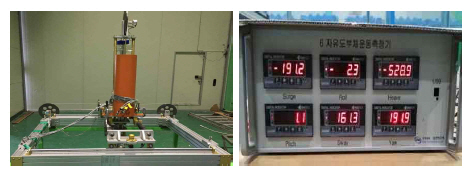
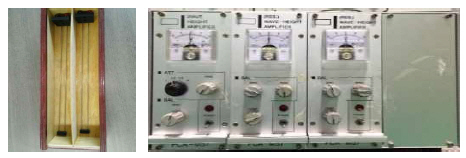



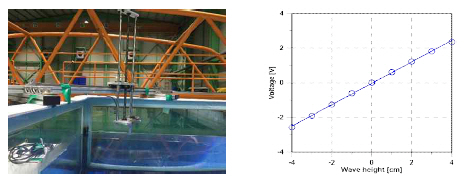
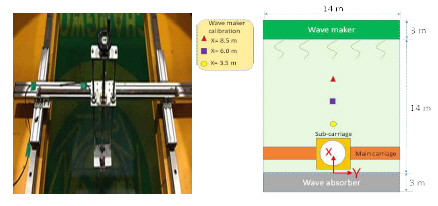



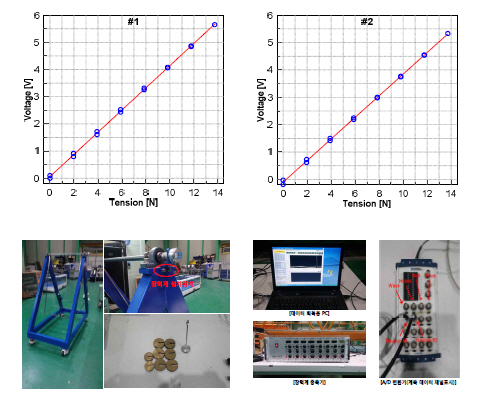

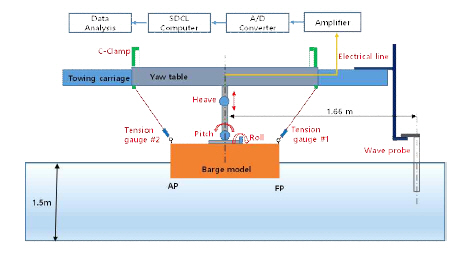
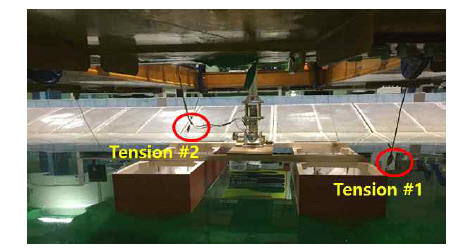
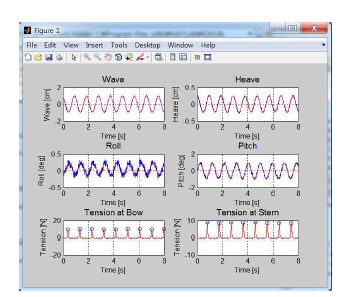




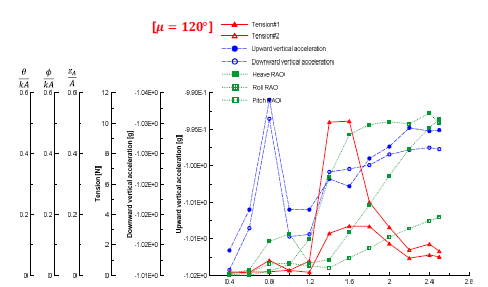
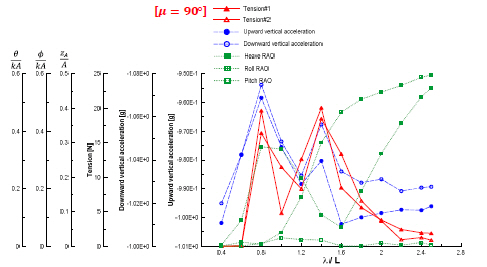

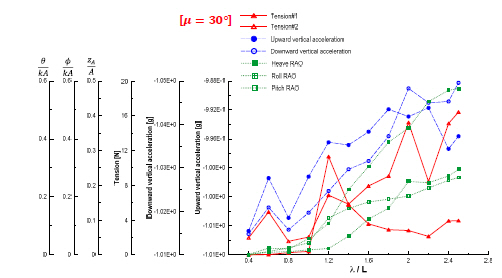
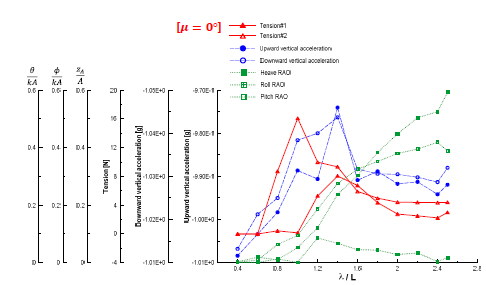
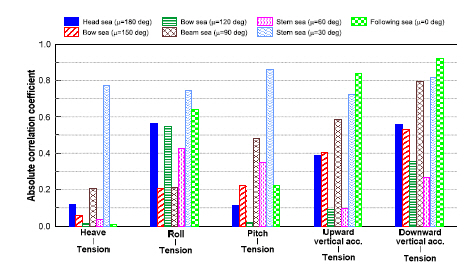
 PDF Links
PDF Links PubReader
PubReader Full text via DOI
Full text via DOI Download Citation
Download Citation Print
Print






